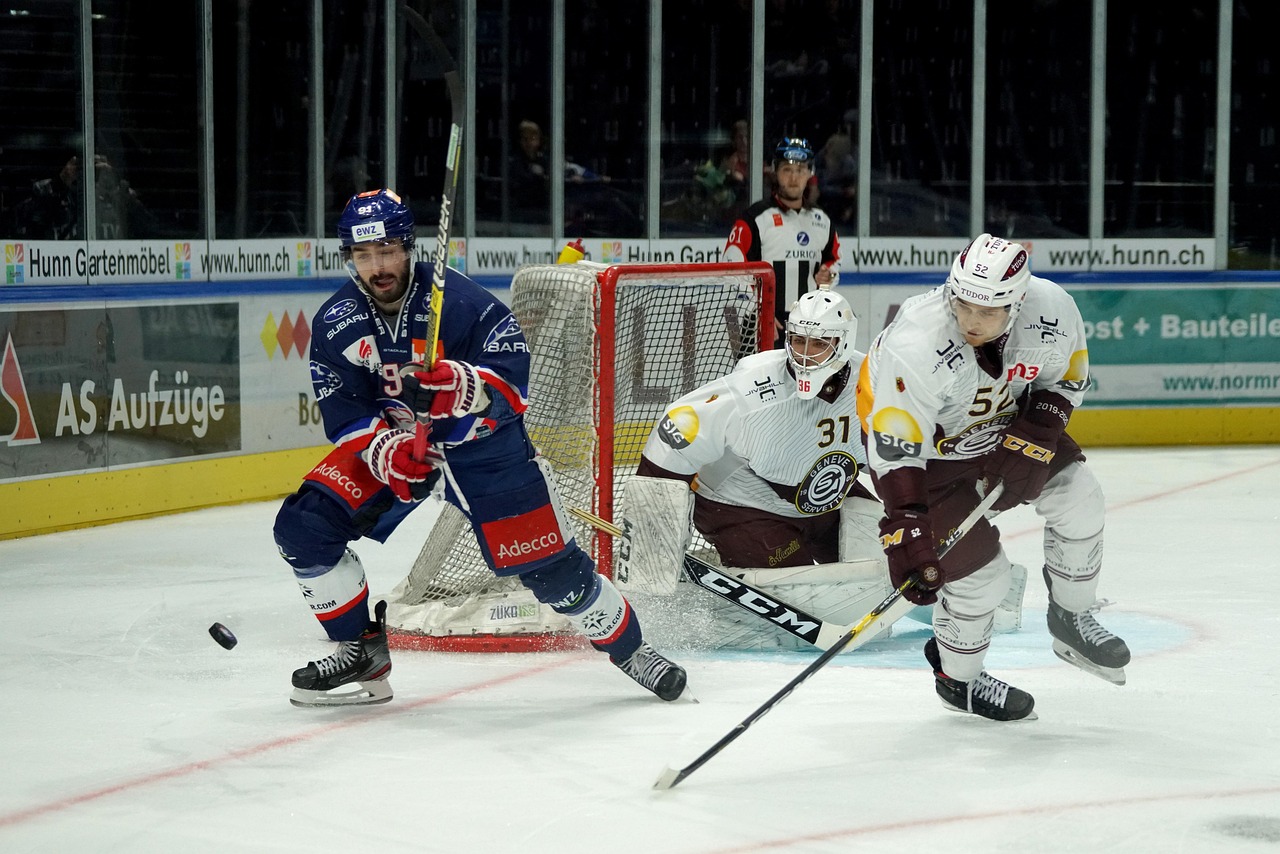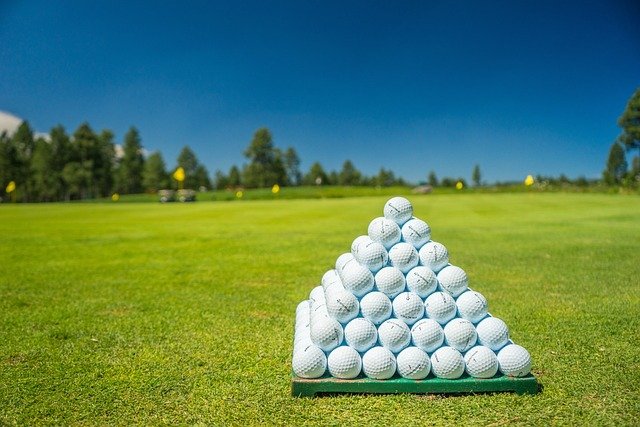Breaking the Ice: The Art and Science of Ice Hockey Training
Ice hockey is a fast, furious, and incredibly physical sport. It requires a blend of speed, strength, agility, and mental toughness. But what does it take to excel in this high-intensity game? Let's dive into the world of ice hockey training, exploring its evolution, current trends, and the scientific principles that underpin performance.

Skating through History: The Origins of Ice Hockey Training
Ice hockey, like many sports, has evolved considerably throughout its history. Its roots trace back to the 19th century in Canada, where the first organized indoor game took place in 1875. In those early days, players trained mostly through scrimmage—playing the game itself. As the sport grew in popularity and competitiveness, the approach to training started to change, becoming more systematic and scientific.
The Science of Skating: Biomechanics in Ice Hockey
Understanding the biomechanics of skating is crucial in modern ice hockey training. Skating involves a complex interplay of force, motion, balance, and coordination. It requires both anaerobic power for short, high-intensity bursts and aerobic stamina for sustained effort throughout the game. Today’s training programs incorporate a mix of on-ice drills and off-ice conditioning to develop these capabilities.
Training for the Puck: Skills Development in Ice Hockey
Besides skating, ice hockey players need to master several other skills: stick handling, shooting, passing, and checking. Each of these skills has its own unique demands and requires specific training techniques. For example, shooting drills often involve practicing various types of shots—wrist shots, slap shots, and snap shots—under different game-like conditions.
The Mental Game: Psychological Preparation in Ice Hockey
Ice hockey is not just physically demanding—it’s also mentally challenging. Players need to make split-second decisions under pressure, maintain focus amid the chaos, and bounce back from setbacks. Mental training is now an integral part of ice hockey preparation, helping players to build mental toughness, improve concentration, and develop a winning mindset.
Staying Healthy on the Ice: Injury Prevention in Ice Hockey
As a high-contact sport, ice hockey carries a significant risk of injury. Training programs today are designed not just to enhance performance but also to promote safety. This involves strengthening key muscle groups, improving flexibility, and learning proper techniques for body contact and falling.
Ice hockey training has come a long way from its informal beginnings. It now combines the art of skill development with the science of sports performance, underpinned by a deep understanding of biomechanics, physiology, and psychology. It’s a testament to the ever-evolving world of sports, where innovation and knowledge continually push the boundaries of human performance.




